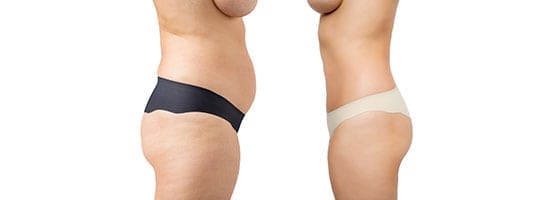
Lap band surgery takes place when a surgeon inserts a band with a balloon that can inflate around the top of the stomach. Sometimes, the lap band is ineffective. If a person does not lose weight or there is a complication, the band must be removed. These complications can include band erosion, band intolerance, difficulty swallowing, or pouch dilation. Other complications could include esophageal dysmotility and dilatation or gastro-esophageal reflux disease (GERD).
One-Stage or Two-Stage Revision
Only 46 out of 1,038 lap band patients required revision surgery in 2009. Revision surgery can be performed in a one-stage or two-stage procedure. The one-stage procedure is where the band is removed, and a new weight loss surgery technique is carried out with only one surgery. A two-stage process requires two separate surgeries to remove and replace the lap band.
Four Options
When a lap band revision surgery is required, a patient can often choose between four procedures. The first procedure is re-banding, which is where the surgeon removes the old band and replaces it with a new band.
Another choice is to replace the lap band with a gastric sleeve. During this procedure, the surgeon removes about 80% of the patient’s stomach.
The third choice was to substitute the band with a Roux-en-Y gastric bypass. In a Roux-en-Y gastric bypass surgery, a surgeon makes the stomach smaller, which makes a person feel fuller faster. Food also bypasses a portion of the small intestine this reduces the amount of food and nutrients that can be absorbed.
Finally, a patient can choose a duodenal switch. In this procedure, the gallbladder is removed, the stomach is made smaller, and the small intestine is bypassed
The best option for you will depend on many factors, including consideration about what is not working with your current gastric banding. Your doctor will help guide you to the right decision.







